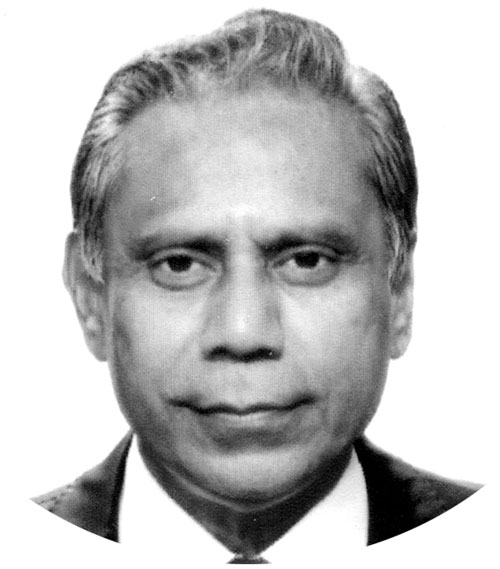Russia’s checkmate, a game changer fighter aircraft
RUSSIA’S Sukhoi aircraft design bureau has unveiled a sleek new fighter jet intended to rival Lockheed Martin’s F-35 Joint Strike Fighter.
Based on technology from its Su-57 fighter, Sukhoi has dubbed the new fighter “Checkmate.” The latest presentation is being dubbed as a game changer and unique in its class.
It has a combat radius of 1,500 kilometres, the largest thrust-to-weight ratio, shortened takeoff and landing, more than seven tons of combat load, which is an absolute record for aircraft of this class.
According to Russian state media, its first flight is expected in 2023, while deliveries of the new single-engine fighter are expected to commence in 2026.
The fifth-generation lightweight single-engine fighter is said to “combine innovative solutions and technologies, including artificial intelligence support for the pilot’s work, as well as proven solutions that have already proven themselves in practice. The fighter has low visibility and high flight performance.
Supercomputer technologies are widely used in the work on the LTS Checkmate project. It will have voice command capability and a glass cockpit with a wide angle HUD (Head Up Display).
An AESA radar is housed in the new aircraft’s nose section while a wide array of weapons is listed among those that could be carried by the multirole aircraft.
These include the RVV-MD and SD air-to-air missiles, KH-38MLE air-to-surface missile, KH-58UShKE anti-radiation missile, GROM E-1 and E-2 air-to-surface munitions, the KAB-250LG-E LGB (Laser Guided Bomb), the K08BE (500 kg) and K029BE (1500 kg) satellite-guided bombs and the S-8, S-13 rockets.
The fighter will be able to reach speeds of up to Mach 2.2 and an altitude of 54,000 feet. Interestingly, the Checkmate has been planned as a single engine fighter aircraft, making it much lighter than its competitors.
Russia hasn’t debuted a single-engine fighter aircraft in more than 50 years, since the Su-22 and MiG-27 both entered service in 1970.
The new aircraft does not have a built-in gun for the first time since the pre-war years. According to Mikhail Strelets, the chief designer of The Checkmate, instead of the built-in gun, the aircraft may carry suspended gun containers.
In turn, the head of Rostec, Sergei Chemezov, said that the new fighter jet would be equipped with suspended weapons with a total weight of 7.4 tons.
US weapons designers had tried to introduce fighter aircraft sans guns after the Korean War but went back to the drawing board after their bad experience in the Vietnam War.
Such a decision may be due to the fact that the aircraft is primarily intended for export and end users may carry out modifications according to their specific requirements. The Checkmate will also be able to deploy missile-shaped drones from its internal weapons bay.
A prototype of the Checkmate fighter was presented at the MAKS-2021 air show at Zhukovsky Airport southeast of Moscow, which runs from July 20-25. Russian President Vladimir Putin visited the exhibit on its opening day.
The Checkmate will cost roughly $25-30 million each, which is just a fraction of the price of some advanced European fighter jets like the Dassault Rafale, Saab Gripen, and Lockheed’s F-35.
The rapid development of the latest Russian fighter aircraft is because its designers built upon the Su-57 developments, which include the jet’s engine and its avionics systems.
Checkmate clearly draws on the Su-57, Russia’s first fifth-generation fighter, in other ways as well, including the slide-back bubble canopy and its internal weapons bay — a standard for minimizing visibility on enemy radars.
As a fifth-generation aircraft, the Checkmate will have greatly reduced radar visibility, vectored thrust capability or “supermaneuvrability,” and likely also super cruise, meaning it would be able to hit supersonic speeds without needing to use the gas-guzzling afterburner.
Notable differences from the Su-57 include its single engine, which will make the Checkmate much lighter—which may hamper recovery from a burnout; the single diverter less supersonic inlet mounted under the nose; and the four angled tail surfaces, which give it a profile reminiscent of the failed YF-23 Black Widow, a competitor design to the aircraft that the Pentagon later adopted as the F-22.
The aircraft is still a mock up based on a concept and a lot of work will have to be done to translate all the nice capabilities mentioned in the promotional videos and presentation into a real, flying platform.
It is no coincidence that last week, Russia’s Defence Ministry announced that it had tested its Tsirkon hypersonic missile from the frigate Admiral Grigorovich in the White Sea, hitting a land target on the Barents Sea more than 200 miles away.
While the US has refused to sell its advanced F-22 Raptor fighter to other nations, the jet’s sister aircraft, the F-35, has been marketed to several, including many NATO allies but also US partners like Israel and the United Arab Emirates. Thus, Checkmate is Moscow’s winning reply to the proliferation of F-35s around the globe.
A sobering factor is that Washington has attempted to frustrate sales of advanced Russian military hardware to other nations through punitive measures such as the Countering America’s Adversaries Through Sanctions Act (CAATSA), which the US uses to impose sanctions on the equipment’s buyers. Targeted systems include the Su-35 fighter and S-400 air defence system.
For those critics, who had doubts regarding Russia’s Defence industry, will have to contend with the development of Checkmate, which appears to be a game changer, with its minimal cost and lethality.
—The writer is retired PAF Group Captain and a TV talk show host.









